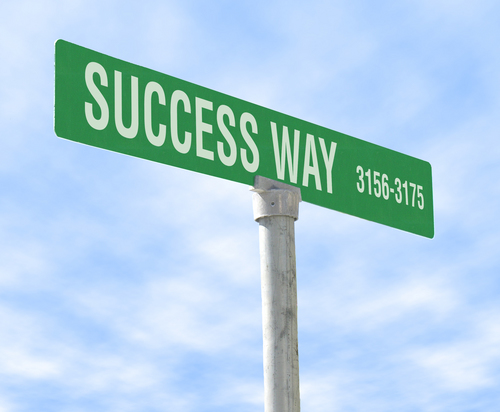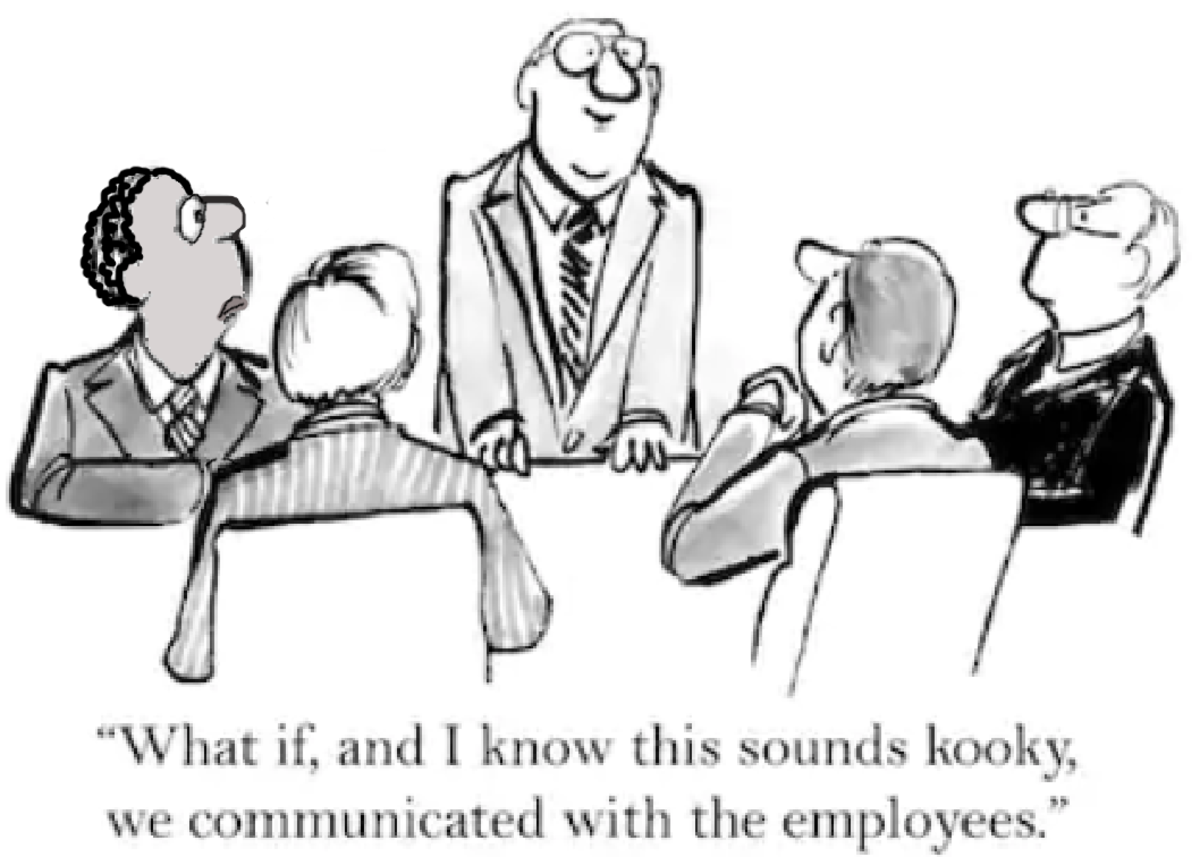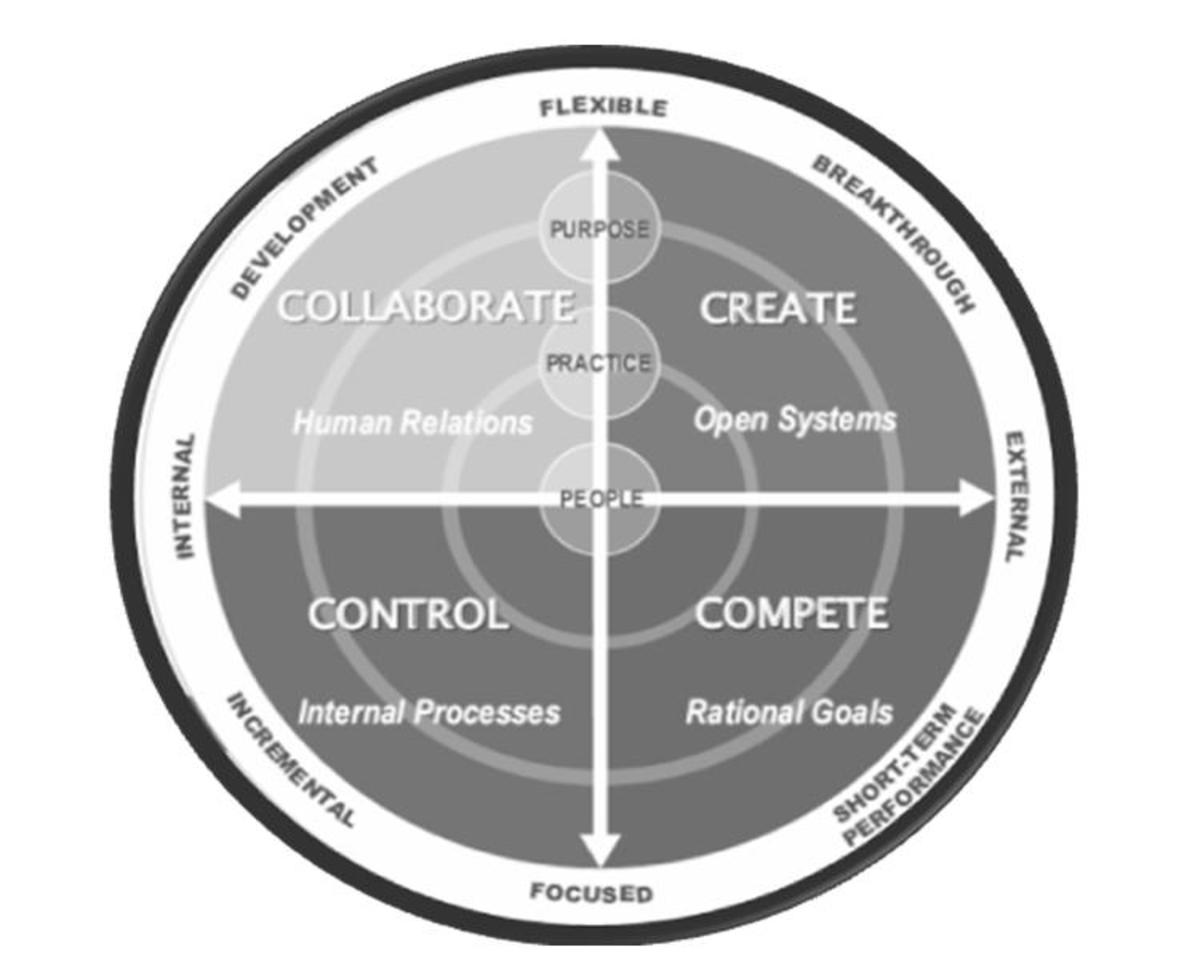Organizational Development

What are the conditions for success?
Organizational Development Defined
“Organizational development is a process by which organizations use the theories and technology of the behavioral sciences to facilitate changes that enhance their effectiveness” (Jex & Britt, 2008. Chapter 15). Organizational development spotlight’s change that both affects an organizations bottom line an employee improvement. Jex and Britt state that “the key to organizational change is changing the behavior of employees” (Jex & Britt, 2008. Chapter 15).
The Process
“The only constant is change, continuing change, inevitable change, that is the dominant factor in society today; no sensible decision can be made any longer without taking into account not only the world as it is, but the world as it will be” (Asimov, 1972, p.1). For organizations to remain viable they have to be fluid, and ever changing. If a competitive organization desires to be profitable their organizational performance needs to be regularly fine tuned. There may also be strategic, pre-planned changes in preparation of future market changes, competitor’s product changes, or changes in technology

Lewin’s Three Step Model
Kurt Lewin is responsible for the oldest theory of organizational change which involves a three step model. “In the first step in the change process, the stage labeled unfreezing, an organization begins to recognize the need for change” (Jex & Britt, 2008. Chapter 15). Organizational reflection of present or future needs is essential because without the need for change being identified, change will not take place. The second stage of the model is transformation. This is an important part of the process and is also an intricate detail for organizations to handle. “Changes introduced at this point may require that employees do things very differently than in the past; for some, this may be invigorating; for most people, however, changing the way they have done things in the past is a very difficult process” (Jex & Britt, 2008. Chapter 15). The final piece of the model is labeled refreezing. Refreezing involves making the changes everlasting, or fixed. “Refreezing may also be a difficult step because employees may be resistant to the organizational changes” (Jex & Britt, 2008. Chapter 15). Individuals that begin with interest and intrigue over organizational changes may want to put the brakes on once the changes become permanent. This model was discussed at length because the three step model is user friendly by being uncomplicated in nature and it contains easy execution requirements.

The Conditions for Success
The necessary conditions for organizational change and development rely on a few key ingredients for success. “These include top management support, the consultant who guides the organization through the change process, general resistance to change, and organizational ownership of the change and development process” (Jex & Britt, 2008. Chapter 15). Management can make or break organizational change, their support is vital for success. To be a great organizational consultant an enormous amount of hard work is spent and the wrong consultant can be the difference between success and failure for an organization’s attempt of change. Because people like to be comfortable and in routines comfort can be found change can be a difficult and painful endeavor. “Humans are basically creatures of habit and, as such, they find a great deal of comfort in routine and familiarity; consequently, even considering a change often evokes a great deal of apprehension and anxiety” (Jex & Britt, 2008. Chapter 15). Research also shows that a large amount of resistance to change may indicate a different plan of attack, or strategy may need to be employed. It is important for the organization to own the decision for organizational change and development. Employees need to see lower, middle and upper management on board with recommended changes and be an active participant with strategic planning and implementation.

References
Jex, S., & Britt, T.(2008) Organizational Psychology. A Scientist-Practitioner Approach, SecondEdition, Chapter 15
- http://www.actionscience.com/actinq.htm
Aims to accurately describe and efficiently demonstrate the theory and practice of Action Science, a strategy of organizational development -- defined and vigorously advanced by Dr. Chris Argyris over the past 50 years.









